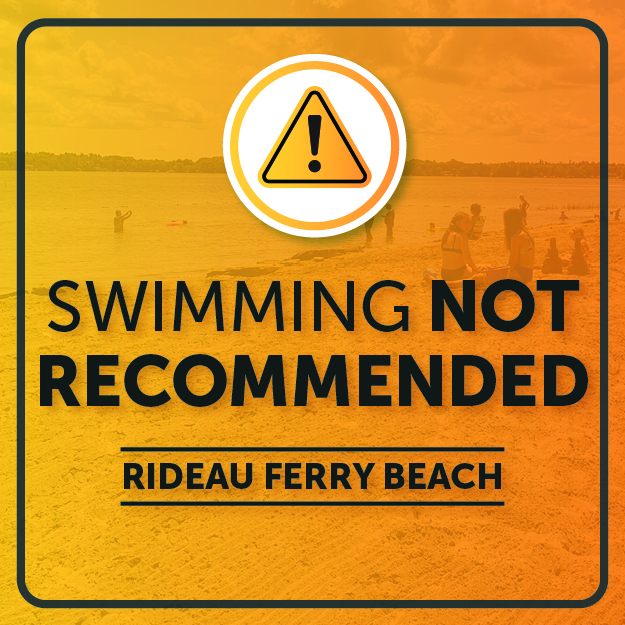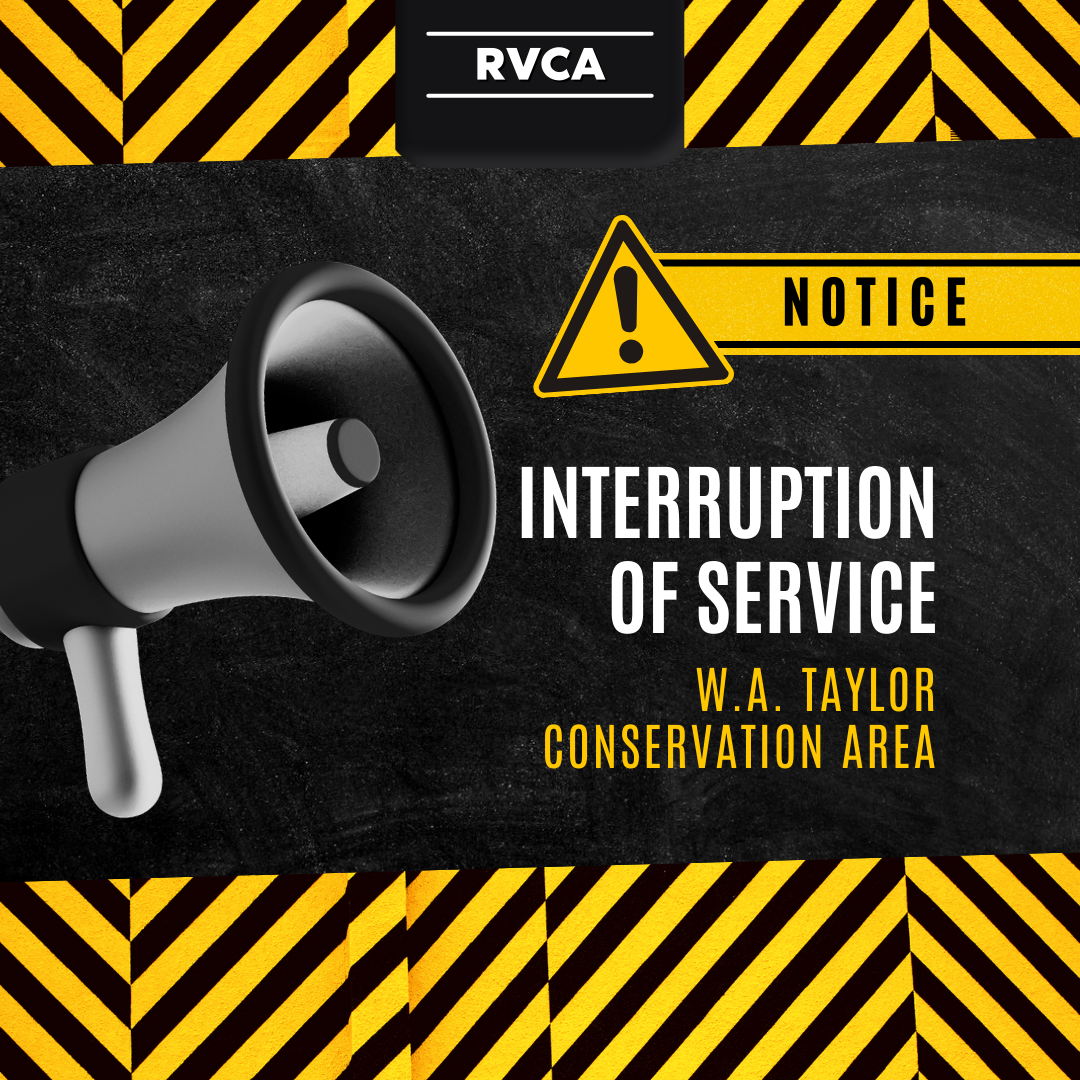Super User
Surface/Wastewater Treatment/Management
The Mississippi-Rideau Drinking Water Source Protection (MRDWSP) staff will be meeting with land and business owners this summer in the communities of Almonte, Kemptville, Merrickville, Montague, Smiths Falls and Westport who may be using chemicals that could pose a risk to the municipal drinking water systems.The Mississippi-Rideau Drinking Water Source Protection (MRDWSP) staff will be meeting with land and business owners this summer in the communities of Almonte, Kemptville, Merrickville, Montague, Smiths Falls and Westport who may be using chemicals that could pose a risk to the municipal drinking water systems.
This work is being done by MRDWSP staff on behalf of the local municipalities as they strive to meet the requirements of the Ontario’s Clean Water Act. The locally produced and supported Source Water Protection Plan sets out ways to ensure long-term protection of municipal drinking water supplies. Drinking Water Protection Zones are outlined in the Mississippi-Rideau Source Protection Plan and are areas where the drinking water source is more vulnerable and as a result has special protection.
Certain activities that take place within these zones can pose a risk to the municipal drinking water supply. Chemicals known as dense non-aqueous phase liquids (DNAPLs) are heavier than water, meaning that they sink and do not dissolve in water. These chemicals are harmful to human health and are very difficult and expensive to clean up. DNAPLs may be present in dry cleaning chemicals, paints, paint strippers, degreasing and cleaning agents, lubricants and adhesives. If these chemicals are present, Mississippi-Rideau Staff will work with land and business owners to ensure that proper practices are established and recognized so that current activities do not pose a threat to the drinking water source.
MRDWSP staff will also endeavour to meet with municipal councils prior to starting their work in each of the six communities to outline provincial requirements and the value of these outreach projects to the long-term protection of local drinking water resources.
The Mississippi-Rideau Source Protection Region is made up of the Mississippi Valley and Rideau Valley watersheds. The Source Protection Committee and staff are supported by the Mississippi Valley Conservation Authority and Rideau Valley Conservation Authority.
For more information about Mississippi-Rideau Source Water Protection and Drinking Water Protection Zones visit mrsourcewater.ca.
Recent high waters have caused erosion damage and damage to shoreline structures, particularly east of Cumberland along the Ottawa River and in the upper reaches (Tay Valley Watershed) of the Rideau Valley Watershed.
The Rideau Valley Conservation Authority (RVCA) recognizes that some of the remedies for damage may need more than just a minor “tweak.”
This is a reminder to all landowners to check with your local Conservation Authority to see if approval is required prior to doing any “clean-up” work along your shoreline (e.g., shoreline stabilization or repair to shore works, erosion control, dock construction, etc.). There are also restrictions to when you can undertake in-water work and possibly other approval agencies that require consulting depending on where you are in the watershed (e.g., Parks Canada and Ministry of Natural Resources and Forests).
The best thing to do is contact your local Conservation Authority to see if there are any restrictions or approval requirements. In the Rideau Watershed, call the RVCA’s Resource Specialists at 613-692-3571 or 1-800-267-3504 ext. 1128 and 1132. You can also visit the RVCA website at www.rvca.ca and look for the “After the Flood” link. Be sure to read the document entitled Guidelines for Shore Works in the Rideau Valley Watershed to help you with your project. In cases of severe erosion, funding may be available through Rural Clean Water Grants. RVCA Resource Specialists can guide you towards next steps required to make application to receive funding. Information on these grants is also available on the RVCA website.
The riparian zone (the area along the shores of our creeks, rivers and lakes) is an important area for wildlife and water quality. Trees and shrubs along the riparian zone provide a vegetative bu er that provides shelter and food for wildlife while intercepting upland nutrients. Trees and shrubs also provide valuable erosion protection. They are extremely resilient. Don’t be too quick to remove shoreline plants. Instead, give damaged plants the opportunity to respond with natural regrowth. Corrective pruning may suffice. If you are interested in naturalizing your shoreline, contact the RVCA for details on their Shoreline Naturalization Program or visit the website.
Waterfront property owners will want to remove any fallen branches and debris from their shoreline to ensure the unaltered and uninterrupted ow of water. Be sure not to dispose of garbage, debris or sandbags in the river. Check with your local municipality for local disposal options.
After the Flood: Clean-up Resources
The flood water may be gone, but it's left a lot of work in its wake. From sandbag and garbage disposal to septic inspection and well water testing, the RVCA is here to answer your questions and to help as much as possible.
1. What should I do with my sandbags?
DO NOT dump sandbags into the nearby waterway – it could make you and your neighbours sick. If sandbags have come in contact with flood water, they could be contaminated with all sorts of nasty materials, including raw sewage. They need to be disposed of properly – contact your local municipality for area-specific instructions.
Remember: Use gloves when handling used sandbags and take care not to let them spill onto roads, municipal drains or into waterways. For more information, check out this RVCA fact sheet: Cleaning Up After the Flood: Resources
2 . How do I know my well water is safe to drink?
Flooded wells need to be disinfected and tested before residents use them again. All residents on wells affected by the flood should disinfect their wells with a chlorine solution and then flush before testing. To learn more about disinfecting your well, sampling your well, and interpreting your sample results visit Ottawa Public Health’s well water information page.
3. What should I do if my septic system was flooded?
Do not use the system while the drain field or tanks are under water. Wait until the water level in the drain field is below the distribution pipes before using. If a system MUST be used, conserve water as much as possible to allow the system to restore itself.
Do not pump your septic tank during or immediately after the flood. This could cause the tank to “pop out” of the ground. Avoid using heavy machinery around the system when the ground is saturated to avoid further damage.
If you suspect damage, get a licensed inspection! If repairs are needed, contact the Ottawa Septic System Office or your local approval agency before undertaking any work.
Remember: flood waters may be contaminated with raw sewage. Wear protective gloves, eyewear, a face mask and rubber boots when in contact with the water.
For more information, check out: RVCA Factsheet: Frequently Asked Questions of the Conservation Authority and the Ottawa Septic System Office
4. I need to start repairing or rebuilding my home. What approvals do I need?
Check with your local municipality and conservation authority before beginning any repair work to see if a permit is required. Minor repairs like replacing flooring and drywall likely won’t require a permit, but larger projects like work on your foundation, outer walls or deck, or any other structural changes, will require approvals.
Landscaping work like grading, repairing shoreline retaining walls or docks will also need permits, as well as any work to secondary buildings.
For more permit information, visit: https://www.rvca.ca/regulations-planning/rvca-permits-section-28/do-i-need-a-permit
You can also contact an RVCA Resource Specialist at or 613-692-3571 ext. 1132 or ext. 1193.
Other things to consider:
-
- Have you suffered severe erosion on your shoreline? The Rural Clean Water Program (RCWP) is accepting applications for grants. Be sure to have all approvals for work in place (see above) and register with staff prior to starting work (613-692-3571 or 1-800-267-3504 ext. 1134). Permits may be required.
-
- Interested in creating a low-cost, natural shoreline along your waterfront to help fight erosion and future flooding? Learn about RVCA's Shoreline Naturalization Program.
Rideau Valley Conservation Foundation Achieves Accreditation from Imagine Canada’s Standard Program
The Rideau Valley Conservation Foundation (RVCF) is pleased to announce that it has been accredited under Imagine Canada’s national Standards Program. With this achievement, RVCF joins a growing community of organizations dedicated to operational excellence. Just over 220 out of the more than 85,000 registered charities in Canada have earned the accreditation.
Designed to strengthen public confidence in the charitable and non-profit sector, the program sets rigorous criteria that require organizations to demonstrate excellence in board governance, financial accountability and transparency, ethical fundraising, staff management and volunteer involvement.
RVCF engaged in a two-year accreditation process and clearly demonstrated that its policy and procedures are transparent and thorough — meeting Imagine Canada’s country-wide set of shared standards.
“We are extremely proud of this achievement,” said Jason Kelly, RVCF Chair. “It is a strict and uncompromising process, but one that builds public trust and provides our supporters confidence in our charitable work. Our board and staff are committed to meeting the highest standards of trust.”
The Rideau Valley Conservation Foundation is a registered environmental charity working to help protect and conserve the lands and waters of the valley of the Rideau River in Eastern Ontario. The Conservation Foundation builds partnerships and seeks new individuals, corporations and groups wanting to get involved in the vital work of taking care of our own natural environment.
“It’s no small feat for an organization to earn Standards Program accreditation,” says Bruce MacDonald, President and CEO of Imagine Canada. “It’s a rigorous, peer-reviewed process that is meant to build public trust and confidence in the charitable sector. These organizations take accountability and operational transparency very seriously. We’re glad to have them on board.”
Imagine Canada is a national charitable organization whose cause is Canada’s charities. Their three broad goals are to strengthen the sector’s collective voice, create opportunities to connect and learn from each other and build the sector’s capacity to succeed.
Flood Watch Terminated For Rideau Watershed
Rain forecast for Sunday and Monday can be expected to cause levels throughout the watershed to turn upward; however, no flooding is expected.
Rain, possibly 20 to 25 millimetres, can be expected to raise levels in watershed rivers and lakes but not to flood stage similar to what occurred last weekend. Level and flow increases are expected to last for two or three days before returning to gradual declines toward long term averages.
With water levels declining and no flooding expected, the Flood Watch, maintained over the last week for the Tay River, is terminated. Conservation Authority staff will continue to monitor conditions and communicate as conditions warrant
We are still encouraging the public to tag us or share photos of water conditions in their area at RVCA Facebook (RideauValleyConservationAuthority) and Twitter (@RideauValleyCA).
For water level and flow information in the Rideau system as well as the Ottawa River, visit the RVCA Streamflows and Water Levels webpage at http://his.rvca.ca/rvcafwl/.
For more information about conditions on the Ottawa River, also check the webpage of the Ottawa River Regulation Planning Board at http://ottawariver.ca/river-levels-flows.php#river-levels-flows-7-days.
RVCA Watershed Conditions Statements:
- Water Safety – High flows, unstable banks, melting ice or other factors that could be dangerous for recreational users such as anglers, canoeists, hikers, children, pets, etc. Flooding is not expected.
- Flood Outlook – Early notice of the potential for flooding based on weather forecasts, calling for heavy rain, snow melt, high winds or other conditions that could lead to high runoff, cause ice jams and/or lakeshore flooding or erosion.
- Flood Watch – Flooding is possible in specific watercourses or municipalities. Municipalities, emergency services and individuals in flood prone areas should prepare.
- Flood Warning – Flooding is imminent or already occurring in area watercourses.








